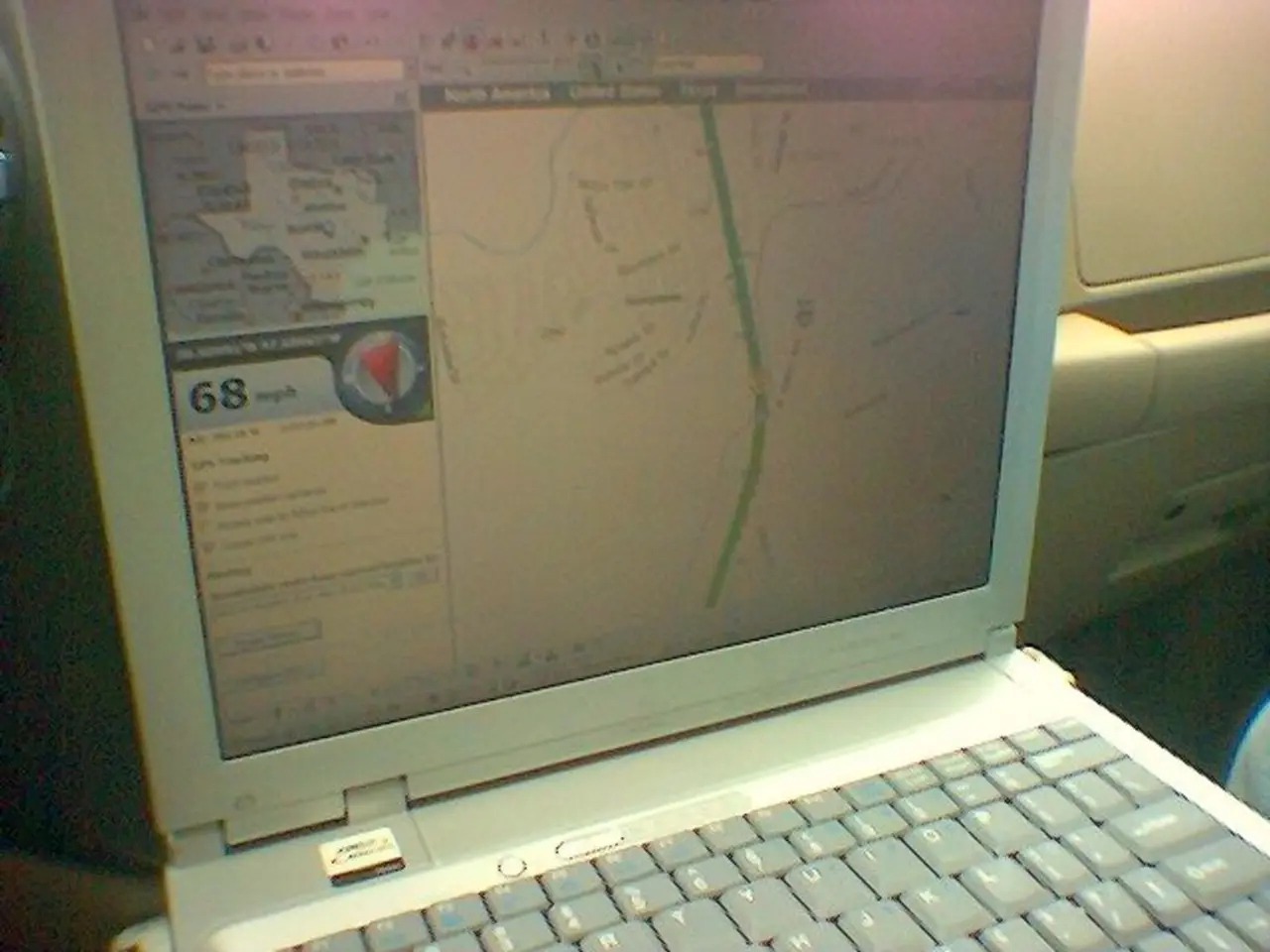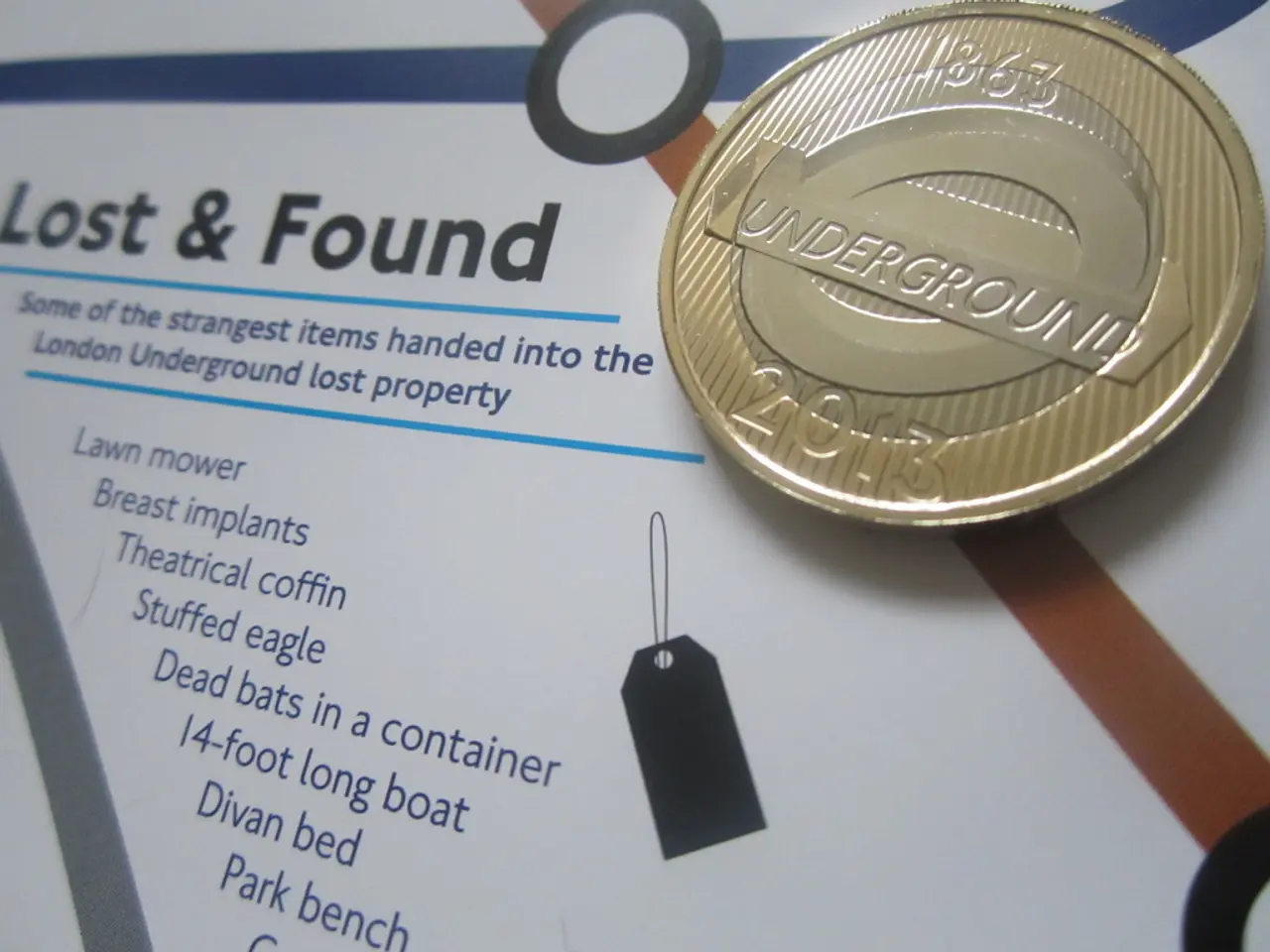Solar Paint Breakthrough Offers Yearly Free Driving Distance of 12,427 Miles for Fossil Fuel Freedom: A Pivotal Shift Towards Energy Autonomy
In a groundbreaking development for the electric vehicle (EV) industry, Mercedes-Benz has introduced a solar energy paint that could revolutionize the way we power our vehicles. This innovative technology offers a compelling opportunity to reduce EV operating costs while significantly shrinking their carbon footprint.
## Enhancing EV Efficiency and Range
The solar paint, engineered for durability and adaptability across various vehicle body types, can generate enough energy to add up to 20,000 kilometers to an EV's annual driving range, depending on the sunlight conditions in the region. This could alleviate range anxiety, making EVs more appealing to consumers.
By converting cars into mobile power stations, Mercedes-Benz's technology allows vehicles to produce and store energy even when parked, providing a continuous power source. This could also enable vehicle-to-grid (V2G) technology, where excess energy can be fed back into the grid.
Moreover, the ultra-thin, lightweight solar paint does not compromise the car's aesthetics or aerodynamics, ensuring it integrates seamlessly into existing vehicle designs.
## Reducing Carbon Emissions
The solar paint's potential impact on carbon emissions reduction is significant. By harnessing sunlight, the solar paint reduces reliance on fossil fuels and decreases the carbon footprint associated with EV charging.
The ability to generate energy from sunlight can also reduce the strain on public charging infrastructure, potentially lowering overall energy consumption and emissions related to EV charging.
The integration of V2G technology allows surplus energy to be shared with the grid, further promoting sustainable living and reducing carbon emissions.
In summary, Mercedes-Benz's solar energy paint not only enhances the efficiency and range of EVs but also contributes significantly to reducing carbon emissions by leveraging a renewable energy source.
## A New Era of Sustainable Mobility
The introduction of this technology could mark a turning point for the auto industry, redefining sustainable mobility concepts. The flexibility of solar paint technology could accelerate its market integration and adoption, setting future industrial standards.
This innovation promises to deliver an additional 12,427 miles of driving range annually, offering a pivotal moment for the automotive industry, highlighting the importance of continuous innovation in pursuing greener automobility.
Mercedes-Benz's innovation in solar paint technology continues to position the company as a leader in the automotive sector, promising to reshape the landscape of the EV industry and contribute to a greener future.
[1] https://www.mercedes-benz.com/innovation/electromobility/solar-car/ [2] https://www.mercedes-benz.com/innovation/electromobility/solar-car-technology/ [3] https://www.mercedes-benz.com/innovation/electromobility/solar-car-benefits/ [4] https://www.mercedes-benz.com/innovation/electromobility/solar-car-charging/ [5] https://www.mercedes-benz.com/innovation/electromobility/solar-car-environment/
- This solar energy paint innovation by Mercedes-Benz could revolutionize the electric vehicle industry, offering a compelling opportunity to reduce operating costs and significantly shrink carbon footprints, contributing to sustainability in science and environmental-science.
- The solar paint, adaptable across various vehicle body types, generates enough energy to potentially add up to 20,000 kilometers to an EV's annual driving range, depending on regional sunlight conditions, thereby alleviating range anxiety and making EVs more appealing to consumers.
- By converting cars into mobile power stations, this technology allows vehicles to produce and store energy even when parked, offering a continuous power source that could enable vehicle-to-grid (V2G) technology.
- The ultra-thin, lightweight solar paint does not compromise the car's aesthetics or aerodynamics, ensuring it integrates seamlessly into existing vehicle designs, making it a fascinating intersection of innovation, technology, and business.
- The potential impact on carbon emissions reduction is significant, as harnessing sunlight reduces reliance on fossil fuels, decreases the carbon footprint associated with EV charging, and reduces the strain on public charging infrastructure.
- The integration of V2G technology allows surplus energy to be shared with the grid, further promoting sustainable living, reducing carbon emissions, and easing the pressure on data-and-cloud-computing resources in the energy sector.
- This solar energy paint technology could mark a turning point for the auto industry, redefining sustainable mobility concepts and setting future industry standards, promising a new era of renewable-energy-focused transportation and a greener future for the finance and energy sectors alike.




